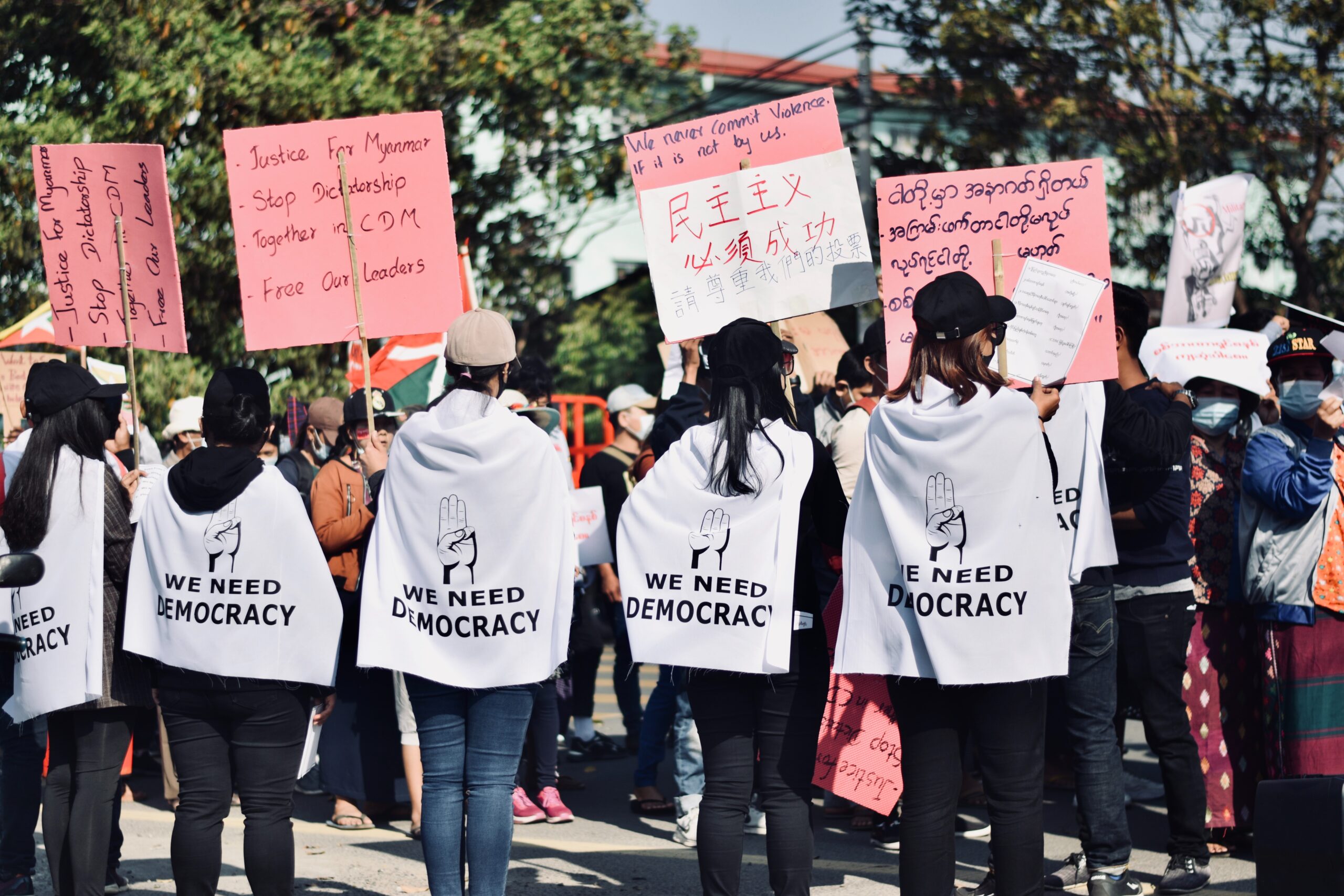Fashion Week in New York has started. Here is what you need to know about this annual event for the who’s who in fashion: Hundreds of designers showcase their newest collections for the upcoming Spring and Summer season. The most consistent faces in the audience have been there for decades. Editorial powerhouses like Anna Wintour, Grace Coddington, and Carine Roitfeld. Sartorially iconic influencers like the Olsen twins, Kim Kardashian, Nicole Kidman, and not Tiffany Trump. Arguably most important of all to Fashion Week, are the buyers. Buyers are extremely respected employees at high-end department stores like Neiman Marcus, Nordstrom, and Saks Fifth Avenue.
To be a buyer, you need to be versed both in aesthetics and economics. The buyer chooses pieces from the respective designer’s collection to carry in the stores, and hopefully, make a huge profit. Because magazines get to photograph the clothes for free, the buyers are who the designers really rely on to make money. Excluded from three staple groups, is a relatively new breed of onlooker: The fast fashion scout. “Designers” from mall stores like Forever 21, H&M and Zara, attend shows to get extremely close inspiration for their own clothes to sell. The term “fast fashion” derives from the quick turnaround from design to manufacturer to store. While high fashion brands introduce new designs twice a year, Zara’s stores introduce two new collections a week. Fast fashion is known and popular for its cheap price tag. Unfortunately, the real price of fast fashion is way more.
To be exact, we consume 400% more clothes annually than we did just decades ago. To keep up with this demand, stores need to remain relevant by offering more clothes at lower prices. Just as we need more closet space, we also need more garbage space. The hard truth is that most clothes eventually end up in landfills. To reduce cost, fast fashion is made of cheaper material that inevitably breaks down faster than other clothes would. Fast fashion is particularly harmful to our waterways. The average person drinks 2,720 litres of water every three years. That is also how many litres of water it takes to produce the average fast fashion tee-shirt. After agriculture, textile dyeing is the second largest polluter of clean water globally. Because fast fashion is made in large quantities, it leaves more of an impact than more sustainable options. Polyester is the most popular fabric used for fast fashion. Because the microfibres used to make it do not biodegrade, they are ingested by aquatic life. When humans catch and eat shrimp, shellfish, or other sea life, they are susceptible to sickness stemming from the dyeing process.
In addition to the environmental repercussions, many human rights violations are traced back to fast fashion. With the inherent connection between environmental abuse and the plight of women, it should come as no surprise that it is mostly women who are affected by the maltreatment of the fast fashion industry. Although major instances of sweatshops using child labour to manufacture product for Western brands has decreased, there are still dozens of companies that utilize cheap labor to increase their own profits. Eighty-five percent of sweatshop workers are young women between the ages of 15-25. Most of them are unmarried and therefore receive financial support from a spouse who might be providing additional income. Recently, Zara shoppers were surprised by secret messages sewn into their clothes by the workers. One of the messages read “I made this item you are going to buy, but I didn’t get paid for it.” With fast fashion, you trap a generation of young women into poverty. The #MeToo movement has had a difficult time expanding from the West and into developing nations. This is abundantly clear in the treatment of sweatshop workers. Most sweatshop workers are from rural areas and can’t read or write. They might not know their own rights. Since paying jobs for women are often precious and few, managers take advantage of this. Multiple women have recalled being summoned into the back of the workroom, where their manager tried to touch them, hug them, or worse. If they refused, they were threatened with job termination. To avoid losing money, many sweatshops forced their employees to take birth control or have dangerous, illegal abortions. It takes a garment worker a lifetime to earn what a fashion brand CEO makes in four days. A majority of them earn less than $3 per day. Ironically, almost all fashion CEOs are male.
Recently, more celebrities have been photographed re-wearing their clothes. Most notably, Duchess Kate Middleton has fondly become known for repeating outfits. While it is tempting to do the admittedly convenient thing and pick up what you need from fast fashion staples, the consequences of your purchases travel across the ocean and affect other women and girls. Fortunately, there are many alternatives, and don’t all break the bank. Anti-fracking activist and legendary fashion designer Dame Vivienne Westwood said it best when she told an audience to “Buy less, choose better and make it last…. Buying less and choosing quality means that designers can make better fashion, not just lead by marketing and commercial interests.”
This blog was written by Olivia Smith, communications intern at EarthRights International's U.S. office. She attends Bard College.






